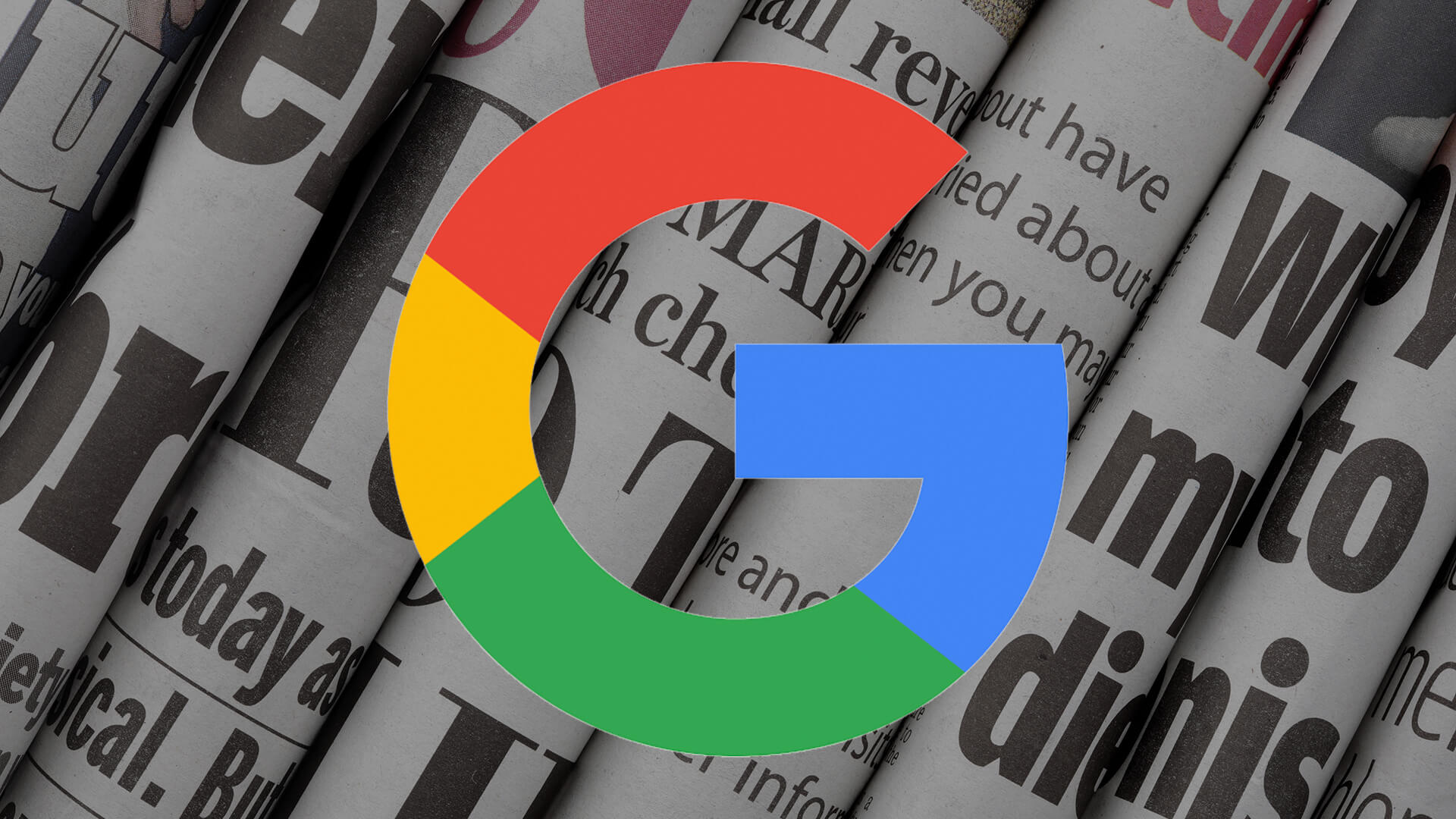Google May Add Mobile User Experience To Its Ranking Algorithm
At Search Marketing Expo East, Google engineer Gary Illyes talked a lot about user experience and how webmasters really need to focus on that. Over the past week or so, I asked Google about this and tried to understand why Google stressed this point so much at the event. Google told us in a statement: […]
At Search Marketing Expo East, Google engineer Gary Illyes talked a lot about user experience and how webmasters really need to focus on that. Over the past week or so, I asked Google about this and tried to understand why Google stressed this point so much at the event. Google told us in a statement:
We’re making a big push to ensure the search results we deliver reflect this principle.
Back in May, Google announced it is able to fully render your web pages both in desktop mode and Google mode. Webmasters are indeed noticing GoogleBot fully crawling and rendered the final page, the page the user sees, not just the code behind the page. So GoogleBot sees what users see when they visit your web page. Google has been making a strong point about this for months.
Google Ranking Algorithm May Use Mobile UX As A Signal
Why is Google pushing this so much to webmasters? Is it just about them being on a campaign to make the web a better place? Possibly, but how can Google do that where webmasters will actually do something about it? You got it! By adding it to the search ranking algorithm.
Google strongly implied to us that this will become a ranking factor. A Google spokesperson told us:
Because at Google we are aiming to provide a great user experience on any device, we’re making a big push to ensure the search results we deliver reflect this principle. We want users to be able to enjoy the web wherever they are.
GoogleBot Sees What Real Users See
Google can currently look at the user interface and not just see specific font sizes but see how a user would see the fonts on different mobile devices. Google is also able to see how a user will see how a page scrolls on a mobile interface; are the buttons large enough to click on; is the interface confusing to mobile users?
If the mobile version of a website has tiny fonts, once GoogleBot renders the page, it can see that because it actually renders the page as a user would. For example, if the HTML has a 14px font size, then once rendered with JavaScript and CSS, it might have modified those to 8px instead. This on a tiny view-port could lead to a bad user experience.
Another example might be how a mobile site requires zooming and panning for a user to see the site. GoogleBot will correlate it to view-port of the mobile device and see how it impacts the user.
As I described above, GoogleBot is actually rendering what the user sees fully.
Why Is Mobile UX Important?
A Google spokesperson sent us this statement:
Mobile-friendly websites provide a much better user experience for the mobile users. According to our studies, 61% of users are unlikely to return to a mobile site that they had trouble accessing from their phone. That includes sites that use fonts which are illegible on mobile, or sites where users have to zoom in or pan around excessively. Mobile is a very important area; the mobile device penetration is over 50% in the USA and most users use their device for browsing websites.
Is Mobile UX A Ranking Factor Now? No
Right now, Google does penalize sites that generate errors for mobile visitors. It began this in July 2013, so that sites which may redirect all mobile users to homepages will have less chance of appearing in Google’s mobile search results. Similar errors might also have an impact.
What Google is considering with the mobile user experience is a step beyond this. It would mean that if people are correctly delivered to the right pages, even pages meant for mobile visitors, Google would still assess how effective it deems the pages to be and reward or penalize accordingly.
Will it happen? With many things Google has hinted at in the past, such as HTTPS, page speed, ad-heavy pages, quality content and so on, these warnings have come months before, and Google has released new algorithms that incorporate them into the ranking algorithm.
How to prepare, if it’s coming? I’d recommend using the new Fetch as Google tool and test your sites on mobile, to ensure your buttons, links, scrolling and so forth are easier for users. Even if Google doesn’t end up releasing this into their ranking algorithm, your users and conversions will be happier.
Search Engine Land is owned by Semrush. We remain committed to providing high-quality coverage of marketing topics. Unless otherwise noted, this page’s content was written by either an employee or a paid contractor of Semrush Inc.



